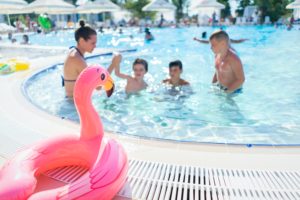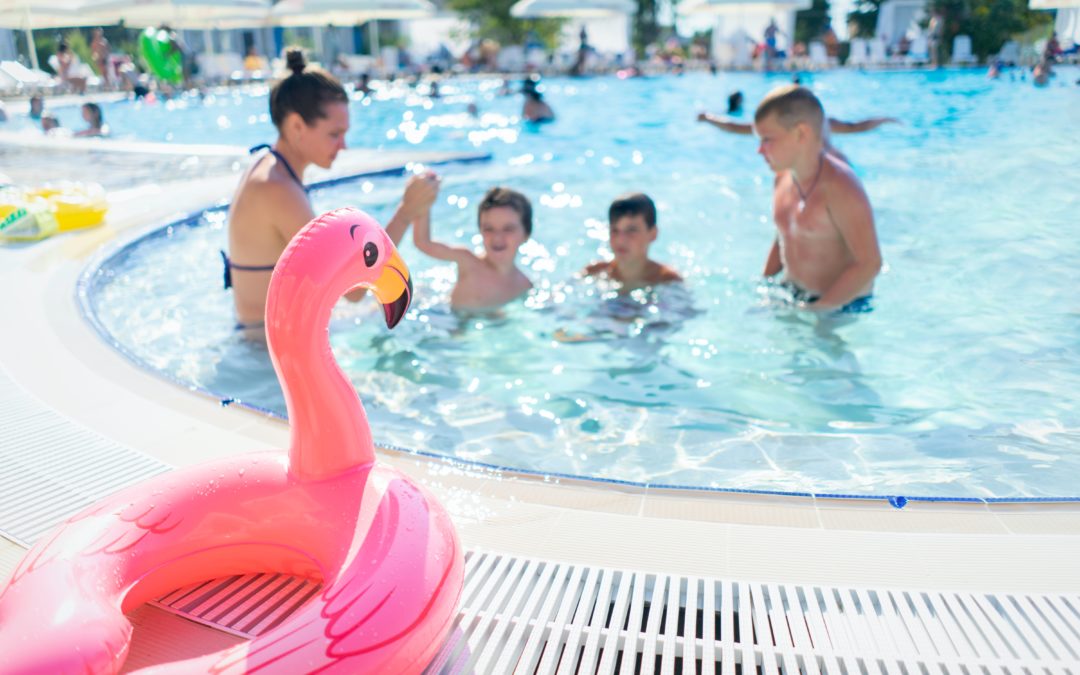
Preventing a Tragedy: Keeping Curious Toddlers Safe this Summer
Preventing a Tragedy: Keeping Curious Toddlers Safe this Summer
Happy Heat Wave, y’all!
We are heading into July with the sun blazing and humidity in full force, which means many families will be hitting the beach or pool to stay cool.
COVID has made it a bit trickier to find public pools or Splash Parks that are open, and that means many families may be using at-home pools instead. We all know how tempting that icy cold water can be when you’re literally dripping with sweat, and our littlest family members are no exception. With drowning one of the leading causes of accidental death in young children, and 2 recent, local drownings in the news, we are more determined than ever to make sure families know everything they can to prevent another tragedy.
Here are a few reminders as we head into the next week:
- Keep ALL “kiddie” pools, buckets and tubs emptied of water when not in use. Did you know a child can drown in less than TWO INCHES of water? Toddlers are fast and impulsive
- Keep CONSTANT watch when children are in or near water, including tubs, sinks, buckets and pools. Did you know a child can become submerged in a kiddie pool in the time it takes to grab a towel across the deck (10 seconds) and can lose consciousness in the time it takes for you to sign for a package at the door (2 minutes)?
- Know the signs of drowning. Most people, especially children, do not yell for help when they are drowning, as they are busy struggling for air in the short second they are above water. They are also unable to wave for help because their arms are below the water trying to push their heads above the water. Instead, look for look for mouths at the surface of the water, heads tilted backwards, hair over the eyes or face or gasping.
- Consider hiring a Life Guard for pool parties. Many drownings happen at pool parties with plenty of adults present because people assume someone must be watching the water for signs of trouble. Consider hiring a life guard to watch the pool during a party or make sure you have a designated “Water Watcher” constantly monitoring the pool.
- Create layers of protection. Make drowning less likely by making it more difficult for a child to access a pool. Lock doors to the outside, or purchase a pool alarm when someone opens the gate to pool area. Teach children to swim at a young age. Model safe and responsible water usage. Have children wear coast-guard approved life jackets when boating or swimming in a lake. And ALWAYS have someone watching while your child is swimming. These multiple “layers” are essential in preventing a tragedy.
We hope you all stay cool this week, but most all, STAY SAFE!
For more information, please visit:
https://gwrymca.org/sites/default/files/Drowning%20Facts%20(1).pdf or https://www.parents.com/kids/safety/outdoor/the-sad-truth-about-drowning/

